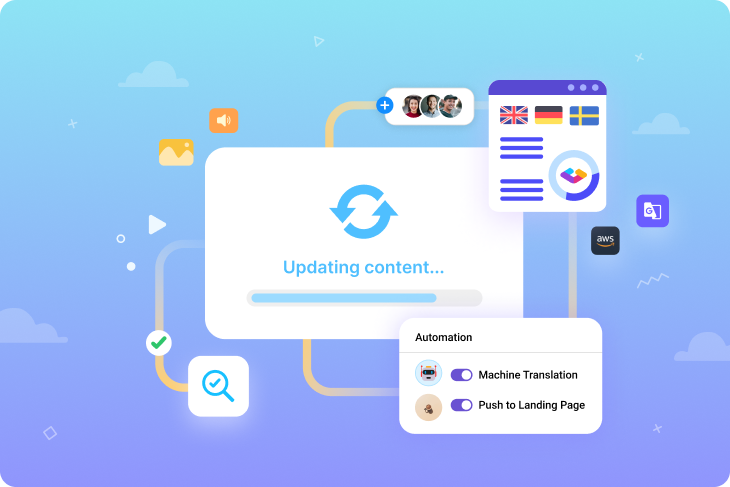What is sentiment analysis?
Sentiment analysis is the use of natural language processing (NLP) to identify positive, neutral, or negative sentiment from data such as user comments or social media posts. Also known as opinion mining, sentiment analysis applies AI technology to contextually recognize and then extract opinions from the source content.
Through the application of AI, companies can quickly harvest user sentiment from massive quantities of data — far more than a team of humans would be able to process in a similar amount of time.
What is natural language processing?
Natural language processing (NLP) is the process of using computers to understand natural language as spoken or written by people. NLP enables computers to comprehend human-generated language, as opposed to computer code, and respond in kind.
What are the benefits of sentiment analysis?
Sentiment analysis helps companies understand how users and customers feel about their brand, products, and services. By analyzing user reviews, social media conversations, and other similar content, companies can gain critical insights into customer preferences, needs, and values.
Apply those findings towards improving your products and services in accordance with user desires, and you can expect to see substantial boosts in acquisition, retention, and revenue.
>> Learn more about the benefits of sentiment analysis
Efficient data processing at scale
Users are constantly giving you feedback, and not just via your surveys and review requests. Every interaction with your support team contains valuable information. Social media, forums, and other online spaces are full of actionable data you can use to learn what users think.
A sentiment analysis tool can analyze massive amounts of unstructured user data in a way that’s impossible to replicate manually. Thousands of lines of social media comments, support conversations, reviews, and more, processed in seconds and classified into findings you can use immediately.
Reliable findings
When humans perform sentiment analysis, each decision is a subjective one. While it’s easy to classify simple phrases such as “I like this product” or “this service is too expensive” as positive or negative, things get complicated with more complex phrases.
If a user says, “This tool works well, but it’s confusing to use,” is that more positive or negative? Or is it just neutral? While a human would have to make a judgment call, sentiment analysis gives you consistent findings based on algorithms with clearly defined rules.
Real-time insights
With sentiment analysis, you’re no longer limited to collecting feedback through surveys and reviews. Now, you’re able to know in an instant how your brand and products are perceived by both current and potential users alike.
Monitor ongoing social media discussions to stay ahead of burgeoning controversies and act on negative feedback to avoid displeasing additional users and mitigate churn. Real-time insights can also tell you which features users prioritize most, empowering you to meet their needs ahead of your competitors.
What types of sentiment analysis are there?
- Fine-grained sentiment analysis: Fine-grained sentiment analysis gives you a more nuanced view of how users feel. Comments are separated into one of several categories, such as Positive, Negative, Neutral, and Mixed.
- Emotional sentiment analysis: Feedback isn’t just positive or negative. Emotional sentiment analysis can identify whether users are happy, frustrated, angry, or sad. Knowing whether a negative comment is the result of anger, frustration, or sadness can aid marketers, PR personnel, and product managers in identifying an appropriate response.
- Aspect-based sentiment analysis: Knowing what your customers are talking about is just as important as identifying how they feel. Aspect-based sentiment analysis detects the topic of a user comment, telling you where their feelings are directed. Whether someone is pleased with your app’s navigability or wishes your customer service experience was smoother, you’ll gain the insights you need.
How to automate sentiment analysis in Gridly
While sentiment analysis may sound complex, it’s actually quite simple with the right tools. And it’s even more useful when you can process user data from all the markets you serve. Gridly leverages Amazon’s powerful sentiment analysis tool and applies machine translation to instantly and automatically process user feedback in any language.

Here, we’ll show you just how easy it is to get up and running with automated sentiment analysis in Gridly, using game reviews as an example.
- Set up a Record updated Trigger and choose to watch the Comments column.

- Click Add Step and add Amazon Sentiment Analysis to your Trigger. Choose your source language and identify where you’d like the results to be displayed.

- All that’s left is to toggle your new Trigger on and test it out. Then, you’ll be ready to start learning from your users.
You can even automate a complete multilingual sentiment analysis workflow. Set up your machine translation Automation first, then use the translated output as the starting content for the sentiment analysis Automation described above.
Understand your users in any language with Gridly
The benefits of sentiment analysis are invaluable. Find out what your users want, what’s making them happy or upset, and identify market trends. Turn actionable insights into quantifiable gains in user acquisition, retention, and revenue. And no matter what languages your users speak, Gridly empowers you to understand them in seconds.
Get started with Gridly’s automated sentiment analysis today.












